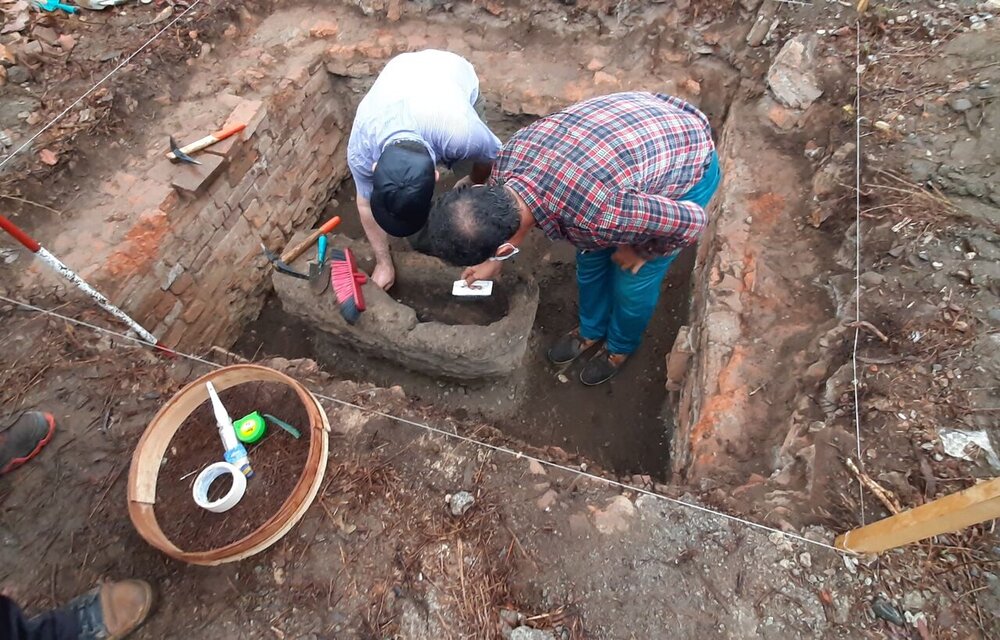Stratigraphy survey to shed new light on Bander-e Anzali historical texture

TEHRAN – A team of archaeologists and cultural heritage experts has commenced a stratigraphy survey in Bander-e Anzali to shed new light on the historical texture of the ancient port city, which is located in northern Iran.
“A number of trenches are being dug near the old bazaar of Anzali in line with the stratigraphy survey, which is supervised by the Research Institute of Cultural Heritage & Tourism (RICHT),” Peyman Tangberis who leads the survey said on Wednesday, IRNA reported.
“The outcome of this significant survey is expected to help preserve the historical identity of the [port] city and lay the ground for other researchers and those interested in new archaeological research connected with the Caspian [Sea],” he explained.
He, however, mentioned that field researches, which are based on archaeological evidence, do not yield instant results but they are a “continuous and extensive” action.
Founded in the early 19th century, the town, which is bounded by the Caspian Sea, was occupied by the Russians in 1920. During World War II the port was modernized, and traffic greatly increased as a consequence of the U.S. lend-lease program for the Soviet Union.
Situated 40km from Rasht, the capital city of Gilan province, Anzali port is among the most equipped and modern ports in the southern margins of Caspian. Being located in the free zone, Anzali provides some special facilities and possibilities for merchants and investors which makes it of the main ports in the Caspian Sea.
Interesting among other attractions of the city is Clock tower, Anzali Bridge, and Ghazian Bridge in addition to Mian Poshteh Palace which has been transformed into the Military Museum today. Polish Cemetery is also a memorial of World War II and the burial ground of Polish evacuees who escaped from Poland and come to Iran after the Nazi attack on their country.
The summers in Anzali are warm and humid and the winters are temperate. The port city is also characterized by high average annual humidity. The most important edible souvenir of the city is fish in addition to olive, garlic, various pickles, and local vegetables.
AFM

Leave a Comment